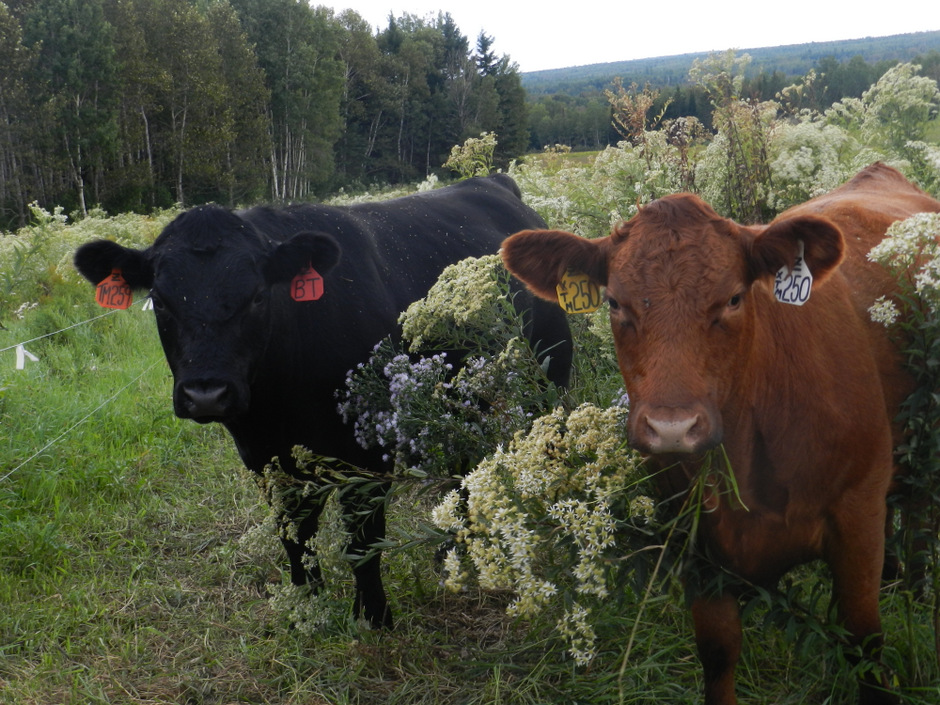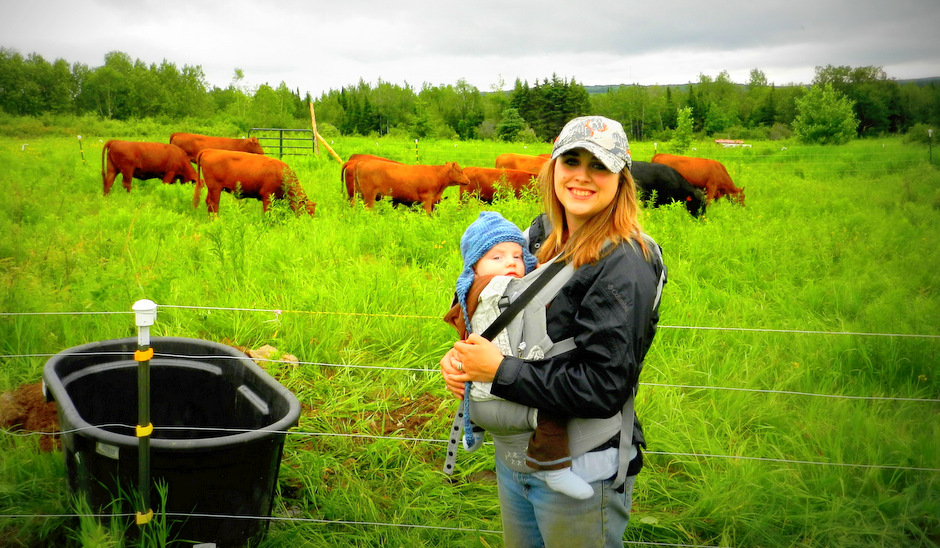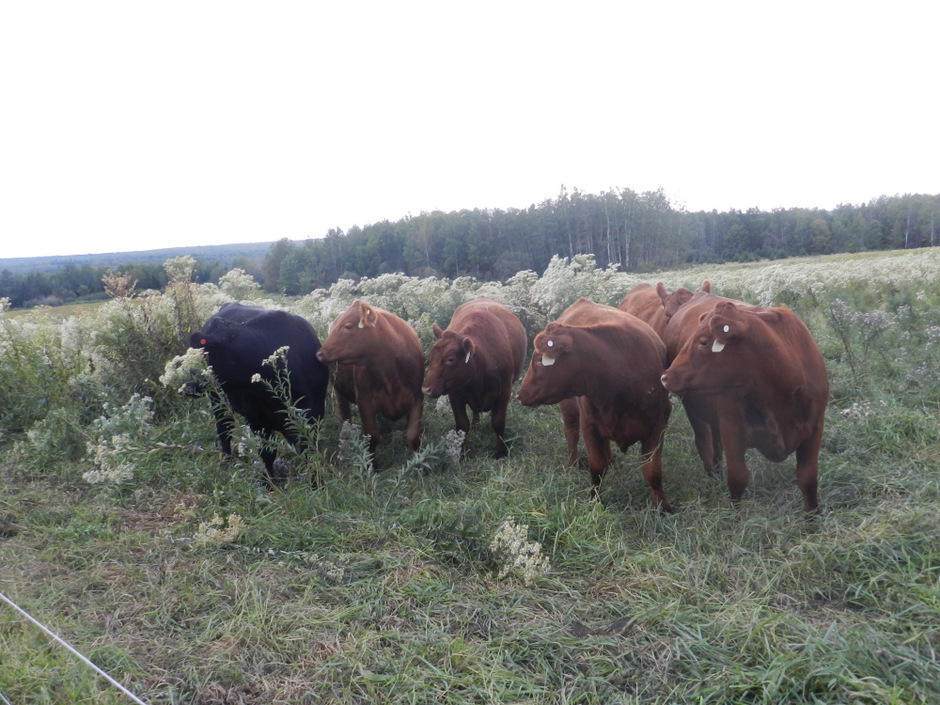
We continue with our blog series on Cattle Breeding with information, advice, and tips on the day-to-day routine during the active breeding season.
Click on the links below to read the other posts in our Cattle Breeding Series.
Cattle Breeding Series Introduction
Selecting Bulls for Your Breeding Program
Lessons Learned in Selecting a Bull
We only have one breeding season under our belts so we are far from being experts on this subject. We are learning every day and we welcome advice and tips.
Today we would like to share what our day-to-day routine was during the cattle breeding season as well as other information we feel is important to consider and understand during the active breeding season.
The work doesn’t stop when your breeding season starts. The most critical and important work is just starting…..
After deciding when our breeding season would be and for how long, and after selecting our bull and having him arrive at our farm, our first step in starting our first ever breeding season was to introduce the bull to our herd.
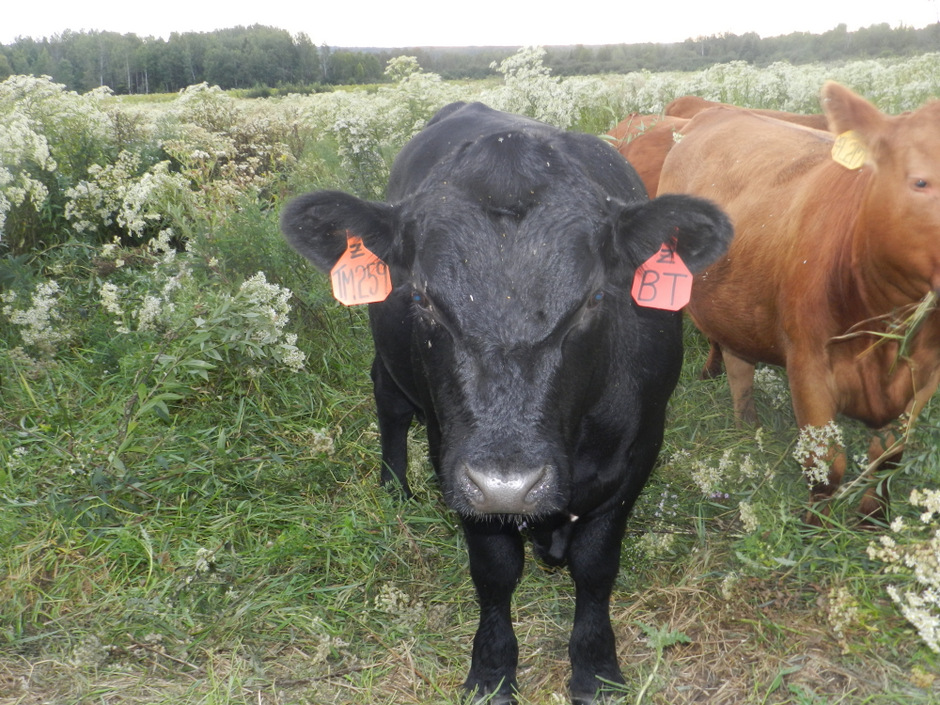
In our case, our leased bull was owned by the same person who sold us our 10 heifers (our friend, Gene). Therefore, we figured it would be easier all around if he just came along with our heifers in late-June.
Because our bull came with our heifers before our breeding season started, we had to set him up in a pasture on his own. Oh my, was that the longest three weeks in all of our lives! He cried for those heifers, and he stormed around his pasture like a, well, like a bull on a rampage! He was not impressed with the situation.

2013 breeding season.
We let the bull into the herd on July 13, 2013 and he was literally off and running. He bucked and ran and started mounting the heifers like it was going out of style. The heifers were running around as well, bucking, headbutting and mounting each other. It was quite the show to say the least.
That bull was in heaven. He was with his ladies. All was right again in the world. So, with that flamboyant introduction, our first task was done, the bull was with the herd and we were off and running on our first breeding season!
If you were to ask us what the key ingredients are to having a successful breeding season, we would say that, besides having good animals, it would be to document, document, document, record, record, RECORD! We can not stress enough the importance of good documentation and organized records during the breeding season. Essential, you are working in the dark in regards to when you calving season is if you don’t keep consistent and accurate records.
Prior to the start of the breeding season, we made an Excel spreadsheet to record our observations during the breeding season. We noted the date we introduced the bull and noted that the herd was cycling when we introduced him. In addition, throughout the season, we made notes specific to each heifer, on whether she was showing signs of estrus and if we had seen her bred, and any other pertinent observations or comments on the herd and the bull.

Our priorities during the breeding season were to try to observe and record active breeding as well as pinpoint when the heifers were in estrus or cycling. To help accomplish this we had twice daily, 30-minute minimum, observation sessions of the herd, where we simply watched the herd and documented our observations.
Our goal with these sessions was to simply sit/stand and observe the herd. We did not want to bring any attention to ourselves and/or distract the herd. We simply wanted them to go about their normal activities.
While we were hoping to pinpoint active breeding, we were also interested in any behavioral activity that would suggest the heifers were in estrus or cycling. This includes mounting each other and/or the bull, headbutting each other, sniffing each others rear areas, aggression, a bent tail, and vaginal discharge, with the last two as possible indicators of a successful breeding.
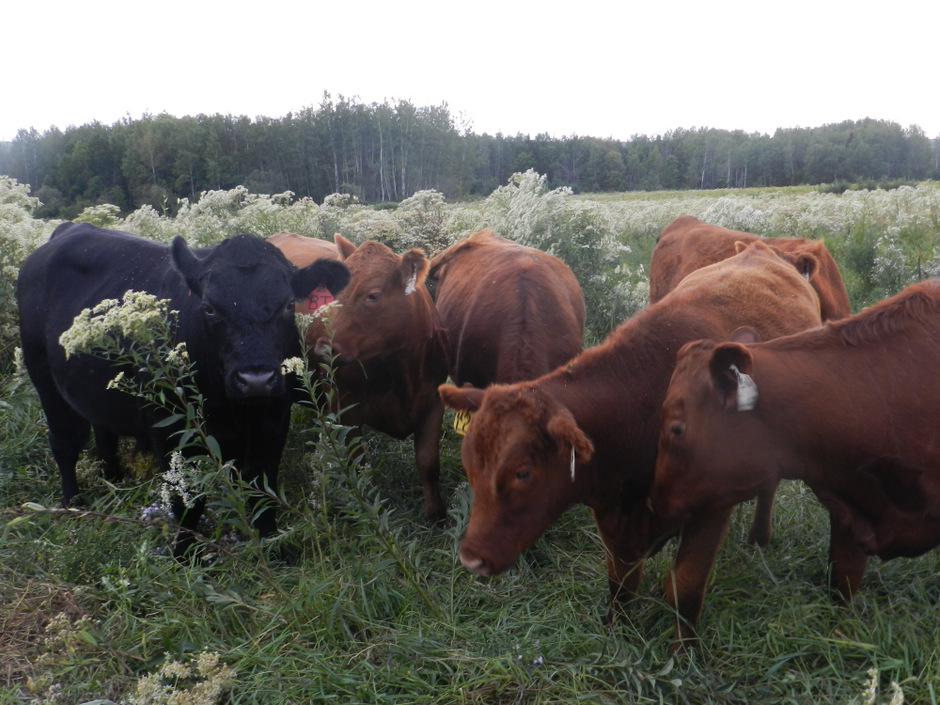
In addition, we also learned to watch how the bull moved around the herd. If we walked between him and a heifer and he did not move back to that heifer, odds were she was not cycling. On the flip side, if the bull was almost obsessively following a heifer, sniffing and nudging her, she was likely either in estrus or about to come into it.
At times, the bull would also exhibit the Flehmen response, where he would curl his upper lip back and extend his head out in an effort to detect if a particular heifer was cycling.
This was our first breeding season and we were breeding a yearling bull to heifers, so we were all newbies. There were often times that we observed a heifer “acting” like she was in estrus (headbutting, mounting) but we thought she was pregnant! Our friend, Gene, reassured us that sometimes pregnant heifers and cows still like to get a little frisky! But, there were a handful of heifers that simply did not take their first cycle and truly were cycling again. For whatever reason that pregnancy did not take or wasn’t viable.
As the breeding season progressed, we got a bit more confident in our ability to detect breeding behavior and started to anticipate our heifers next estrus cycle. By the end of the breeding season, we felt pretty comfortable with stating that at least eight of our 10 heifers had been bred. We had observed a mating session and they did not come back in estrus again during the season. As for the other two heifers, we did not observe an actual mating session but they did show signs of estrus at some point during the breeding season. We assumed that they had been bred as well. But, considering this was our first breeding season, we needed to be certain that all 10 heifers were pregnant. Financially-speaking, it would make no sense for us to carry open heifers into the winter. Any open heifers would be culled from the herd. We needed calves on the ground in the spring and every heifer needed to contribute to that calf crop.
So, we made a phone call to our veterinarian and scheduled a pregnancy and wellness-check on our farm in mid-November.
The day of reckoning was coming!
Click here to read about the results of our pregnancy check.
